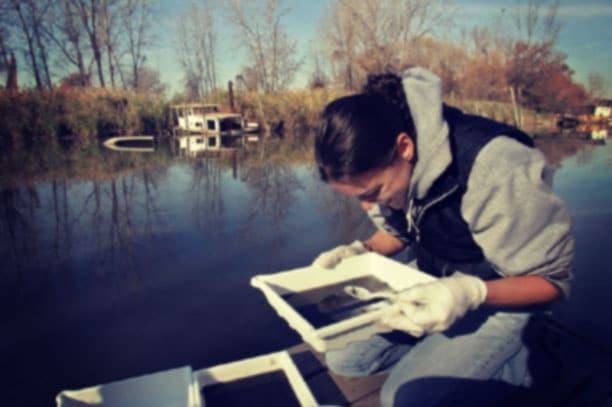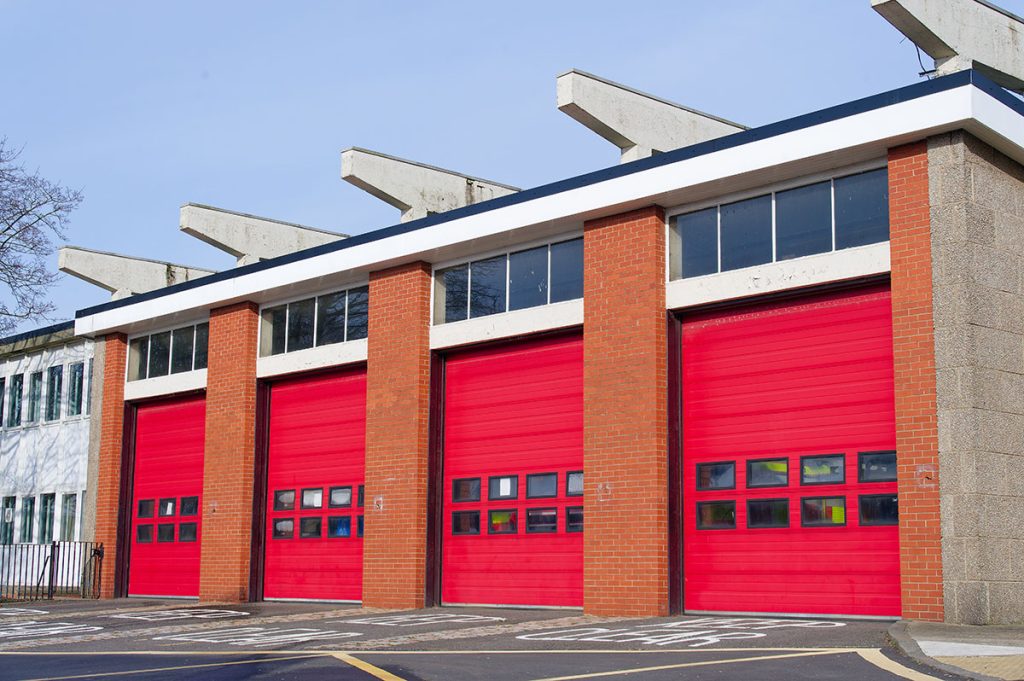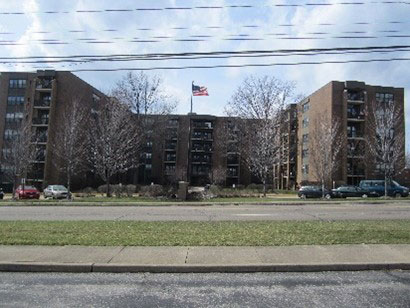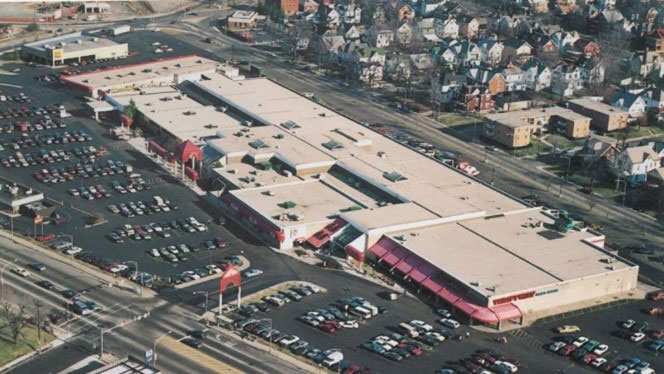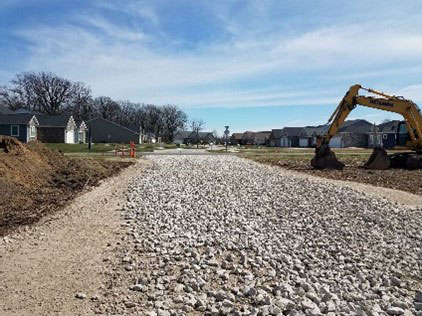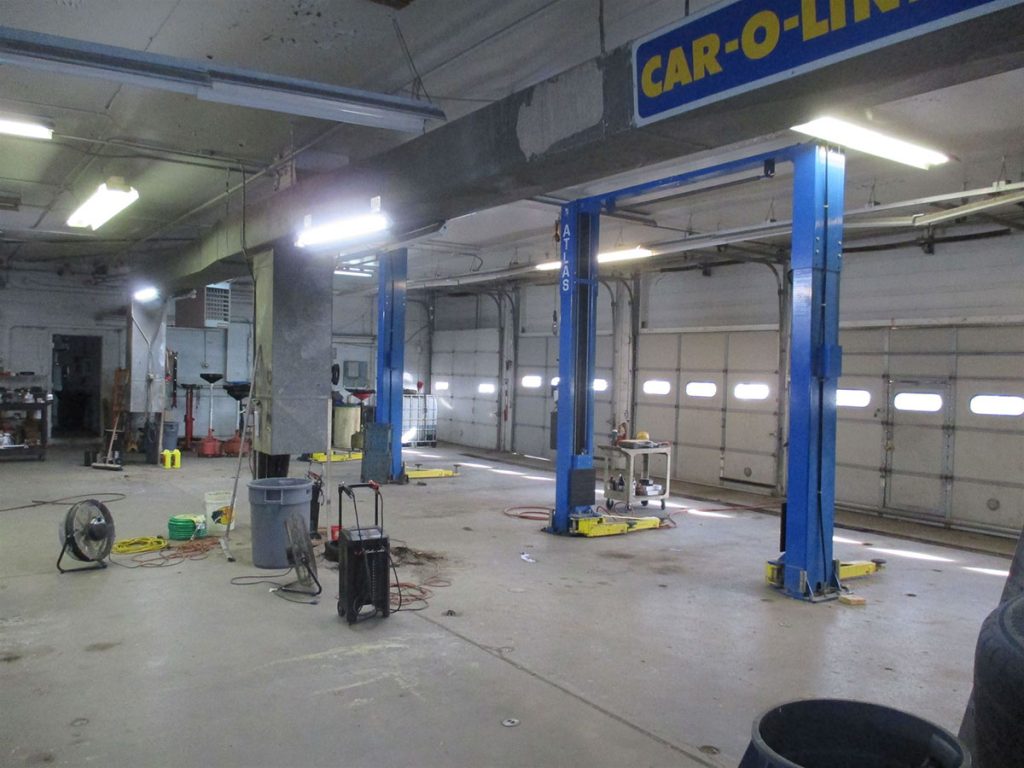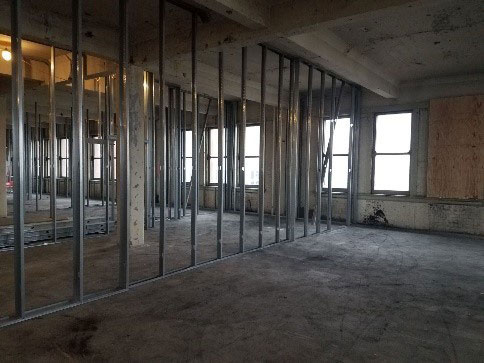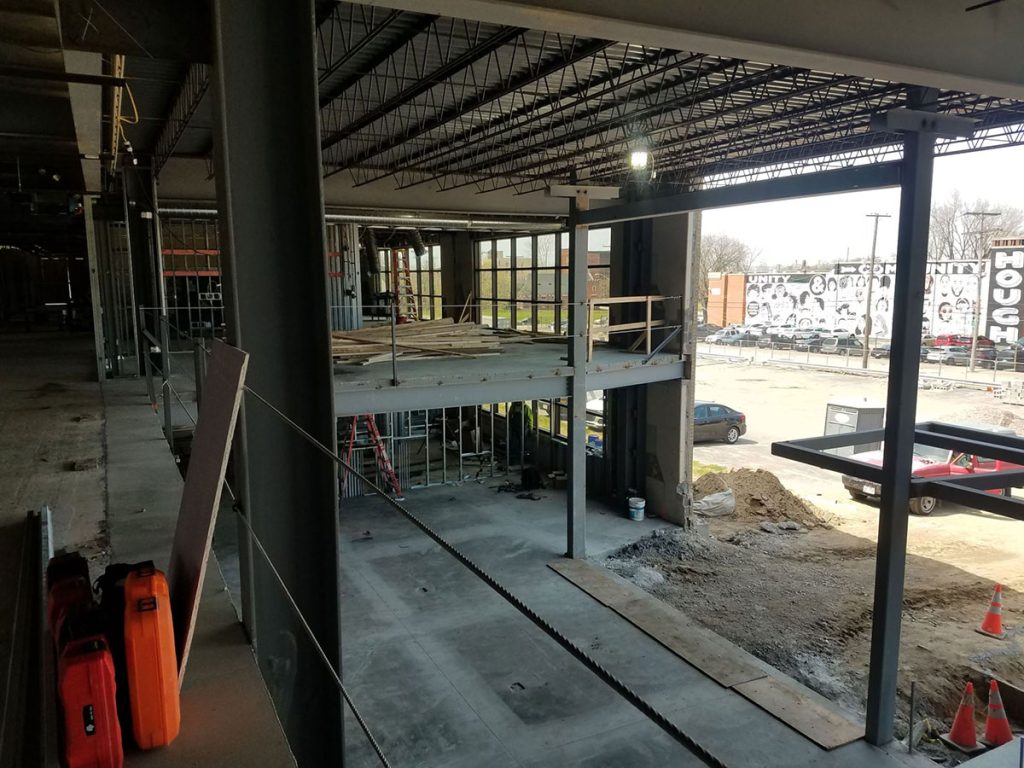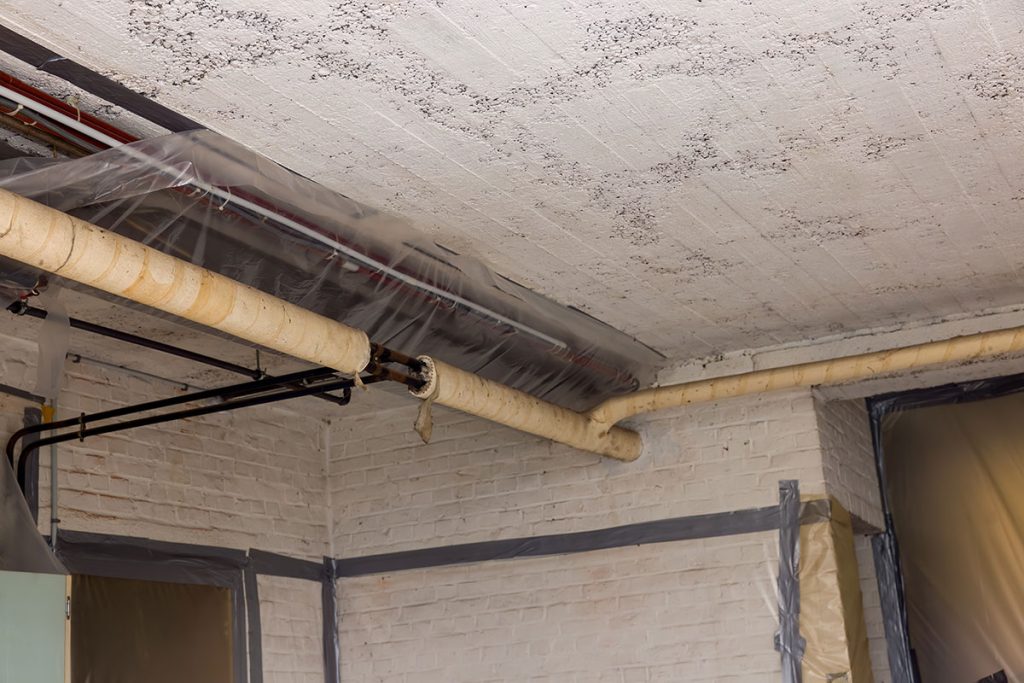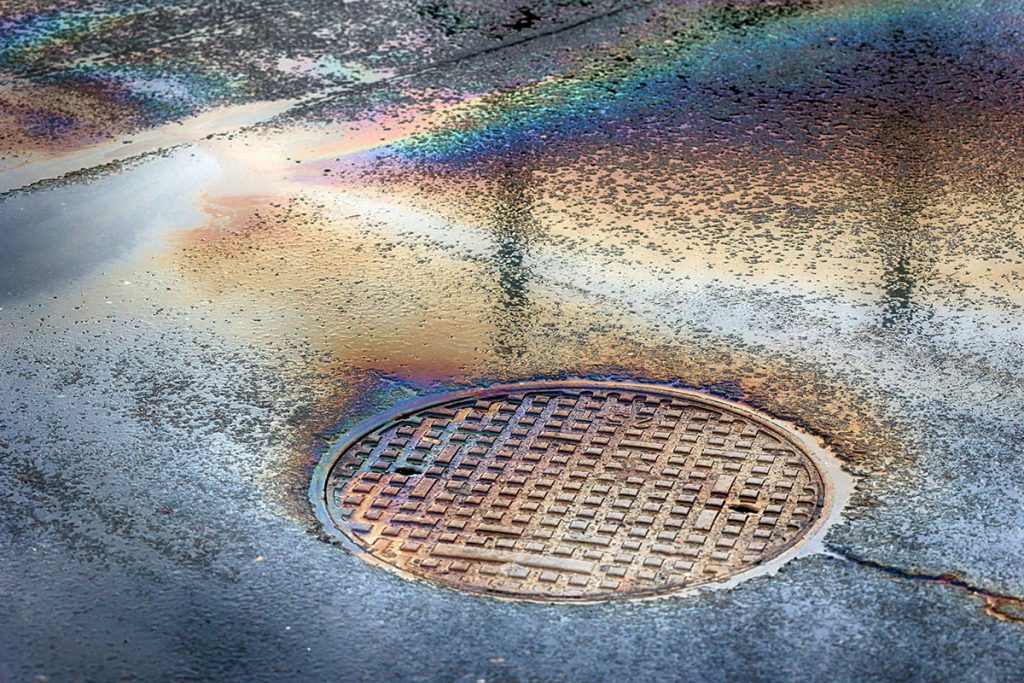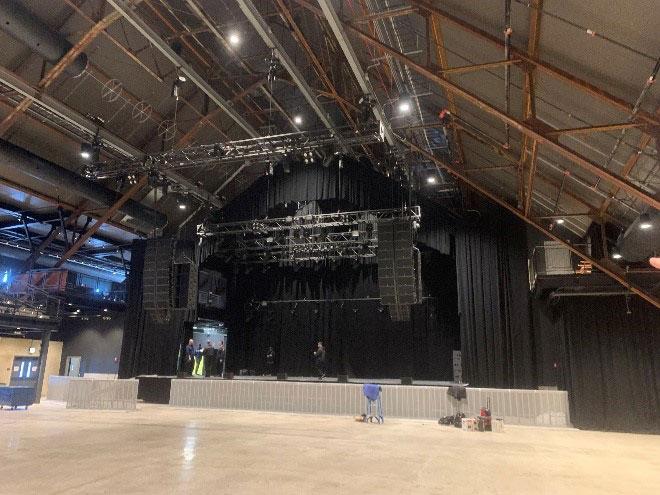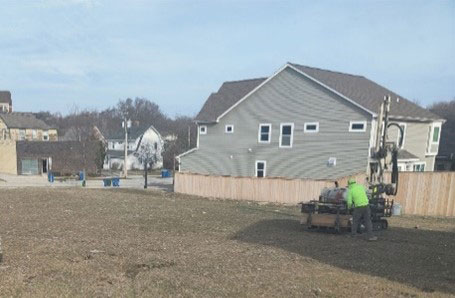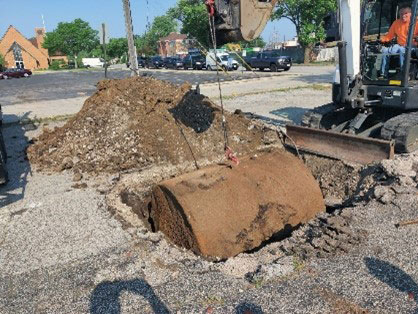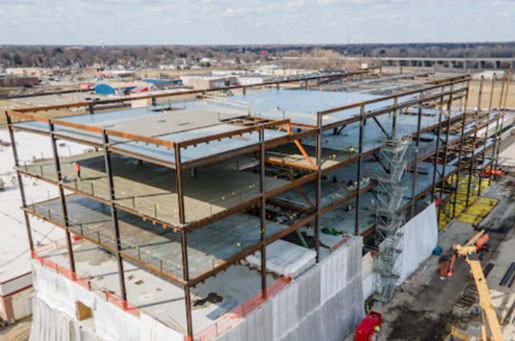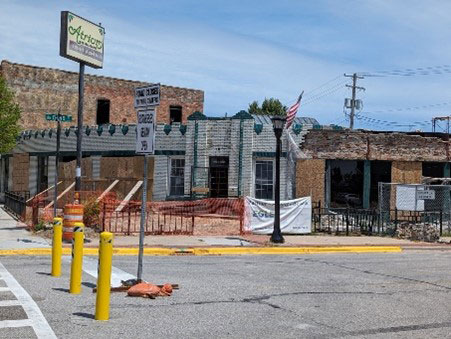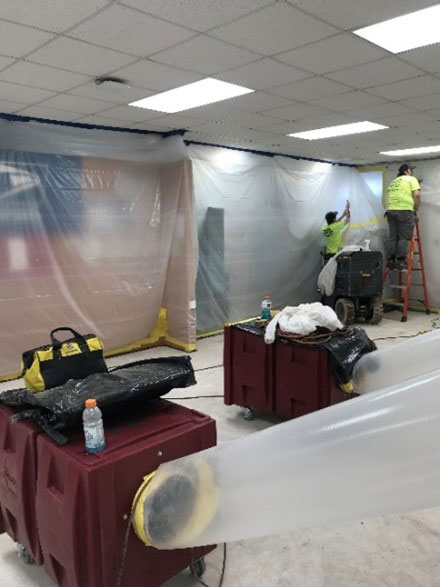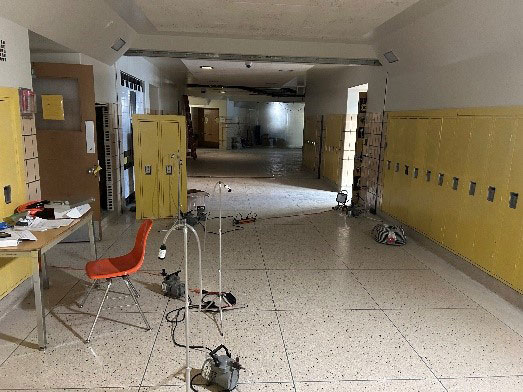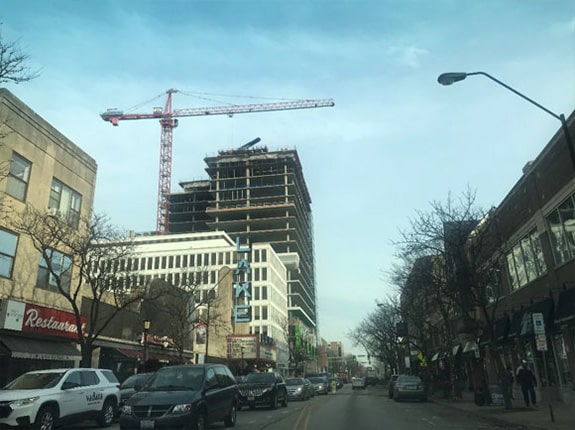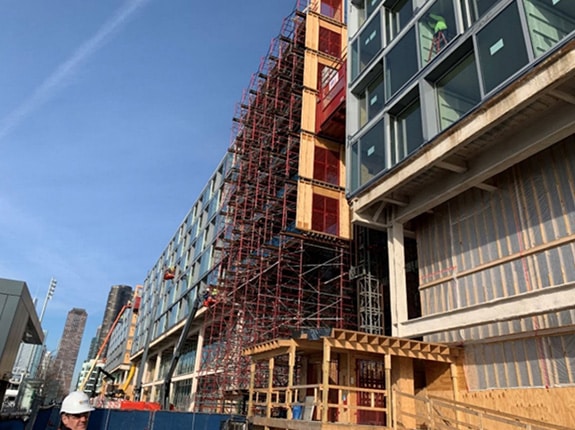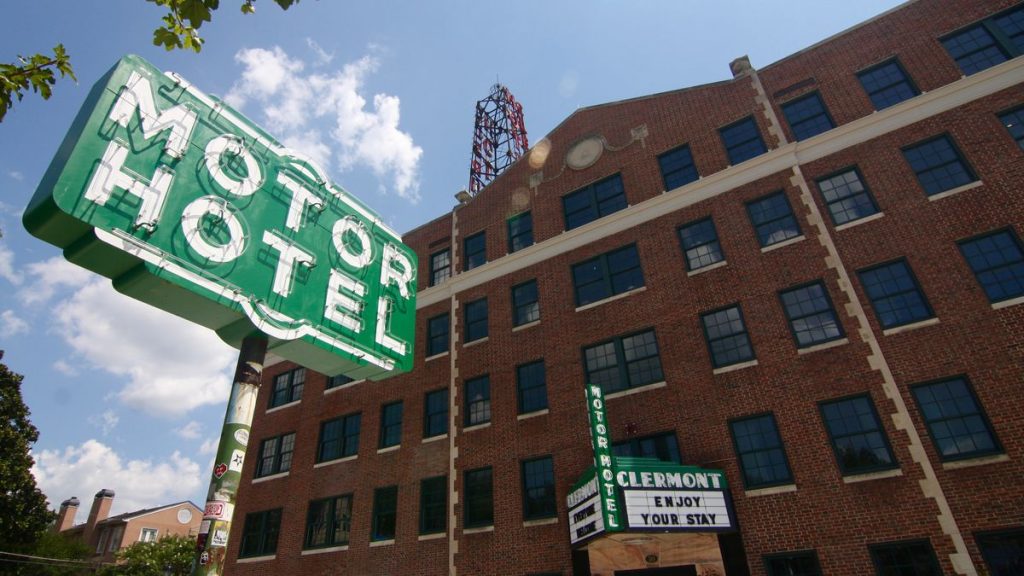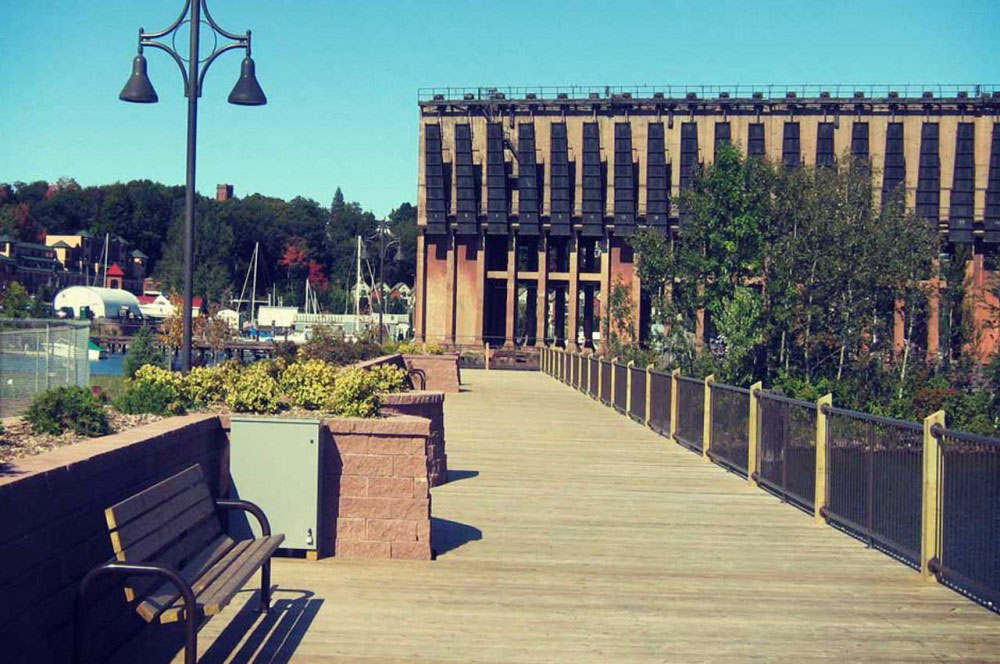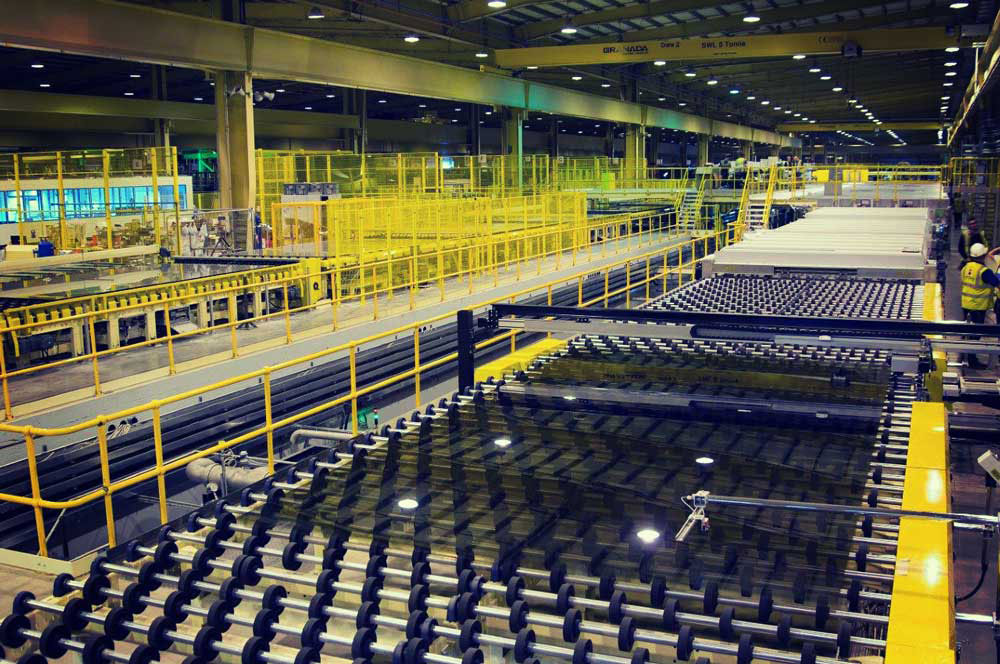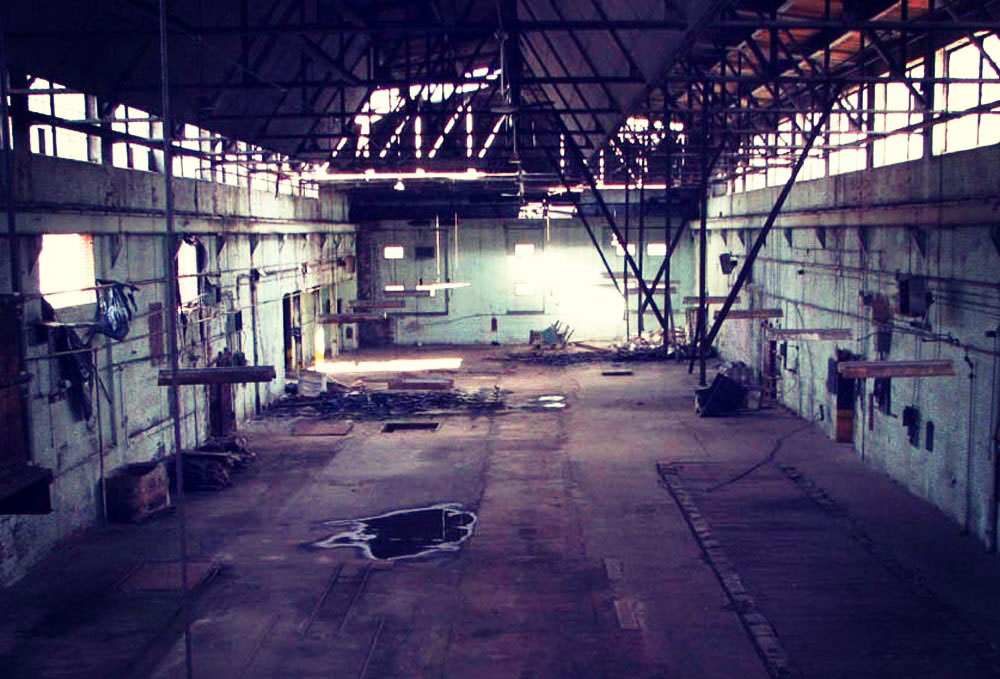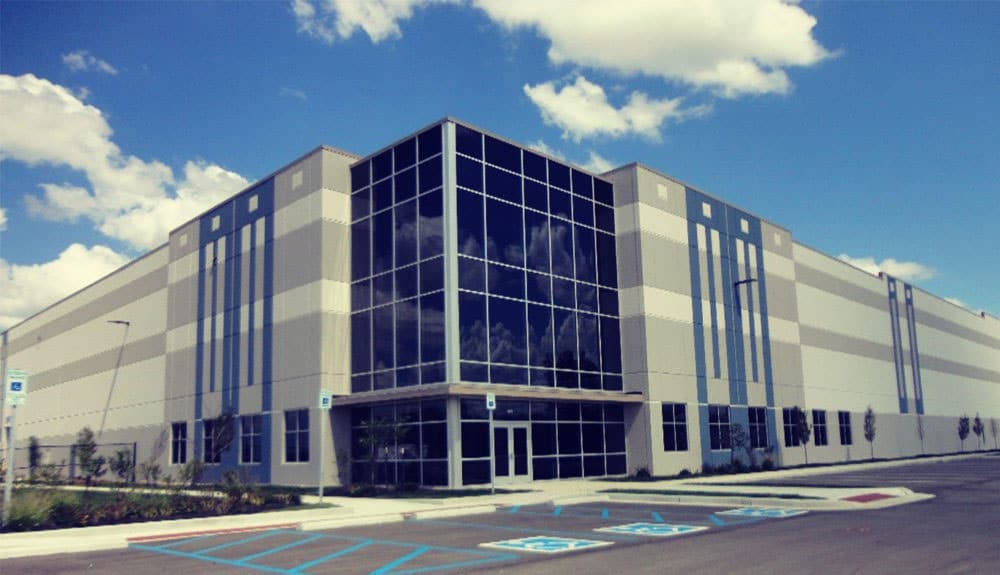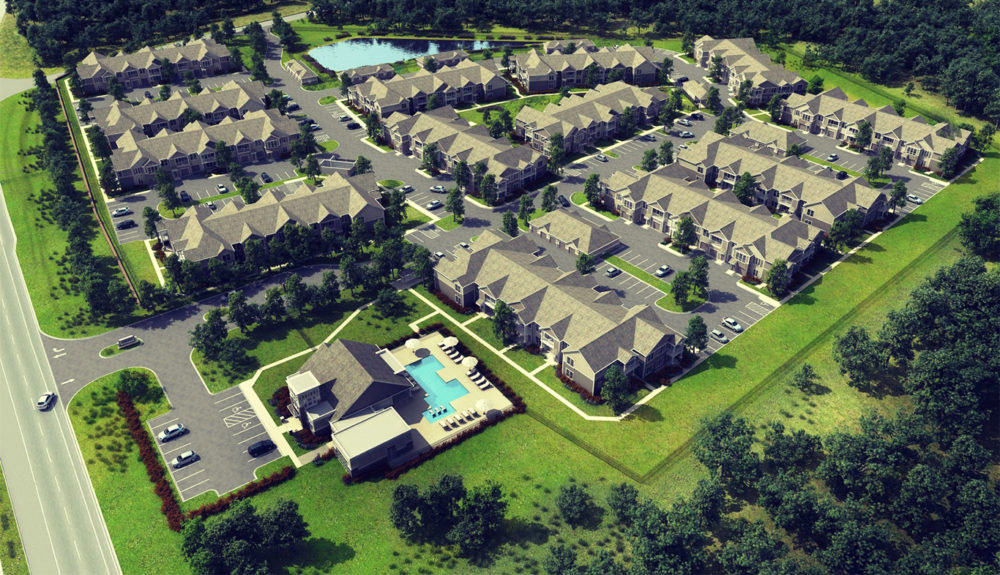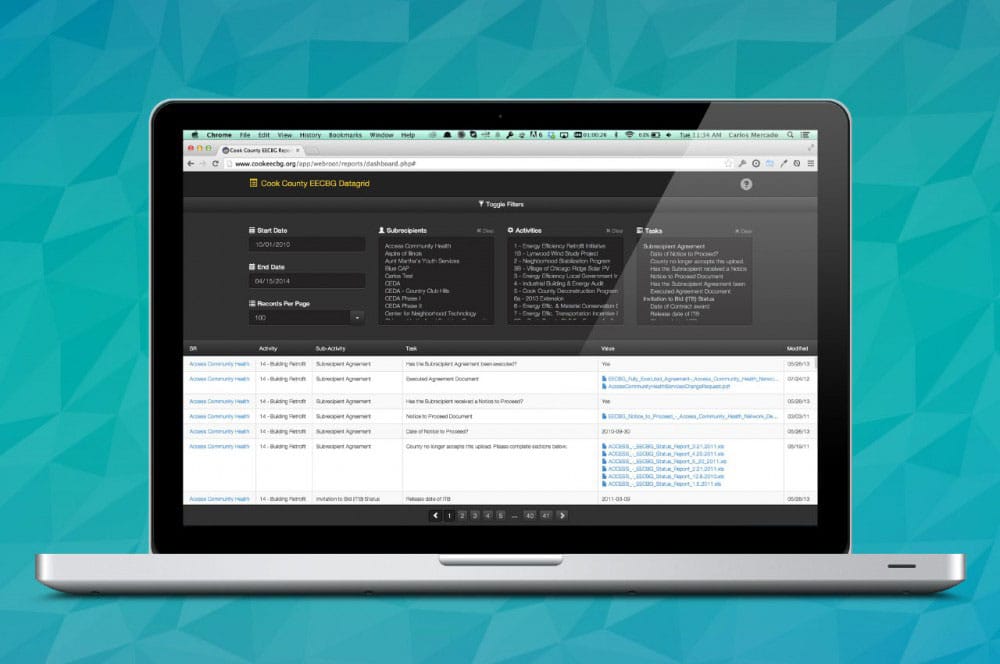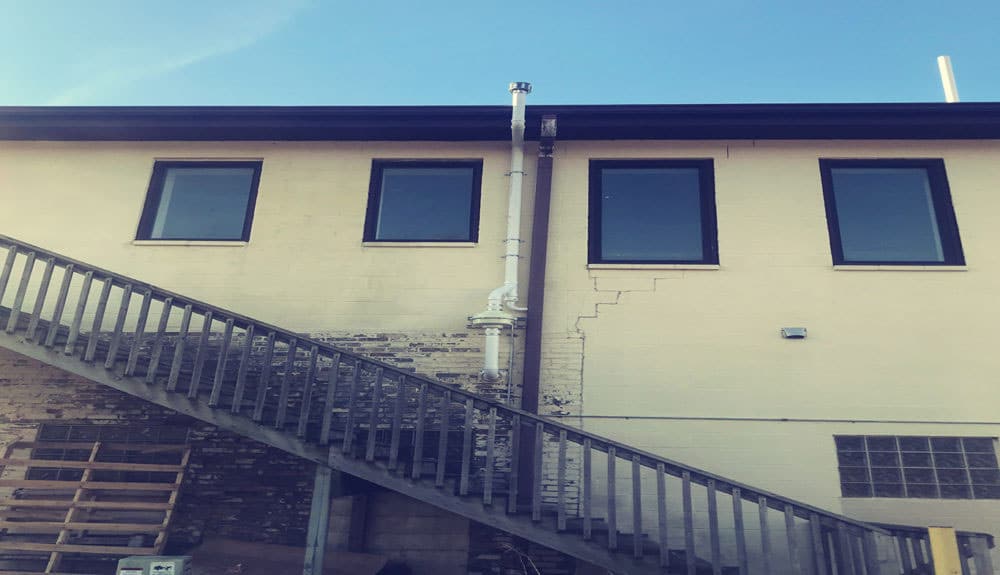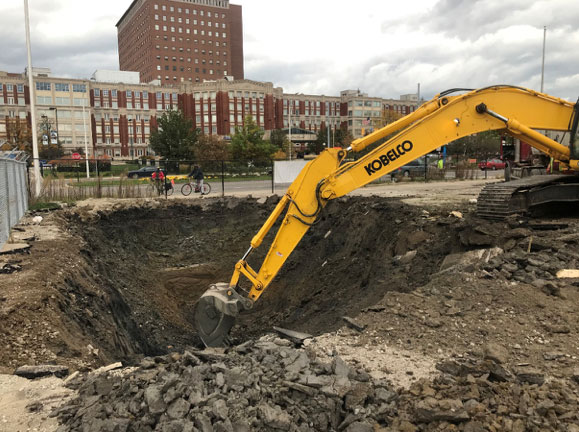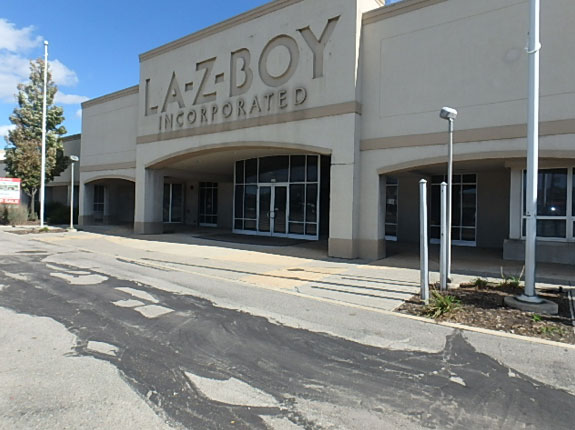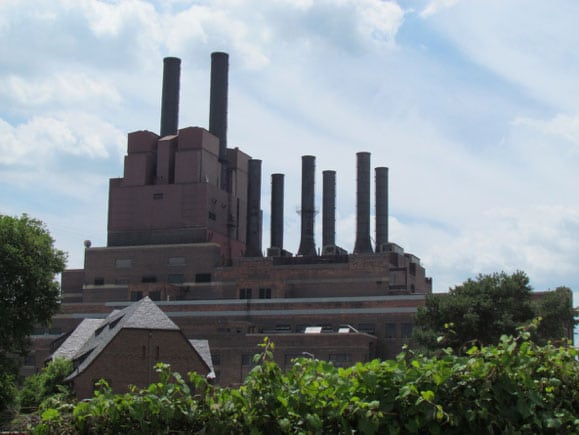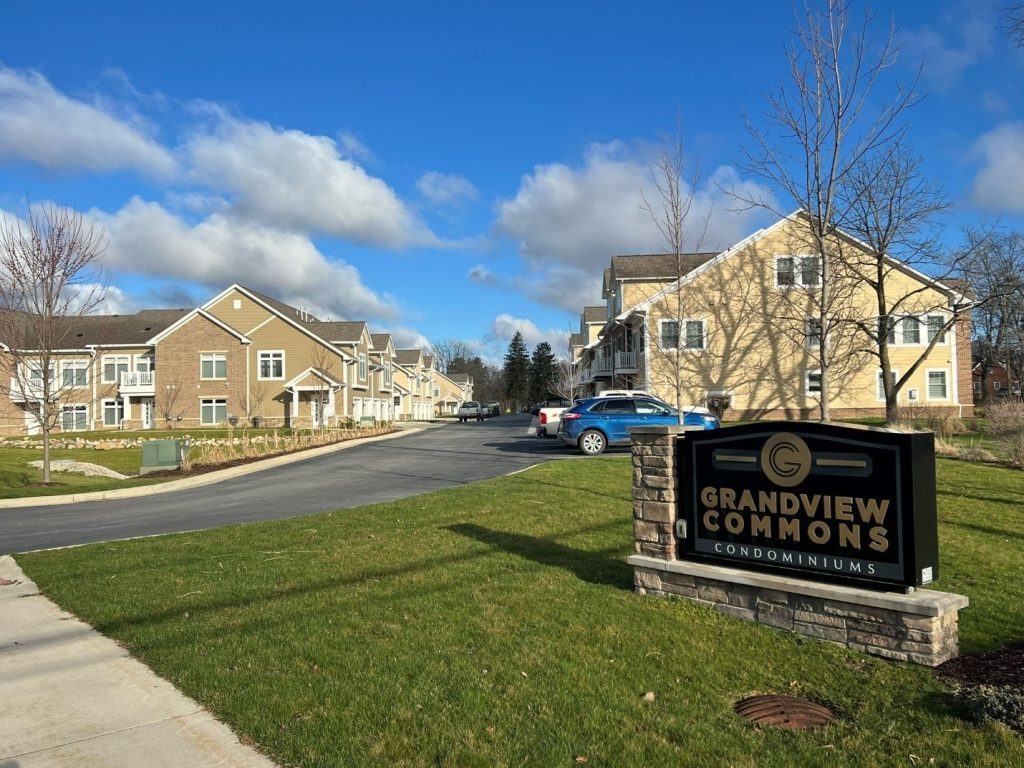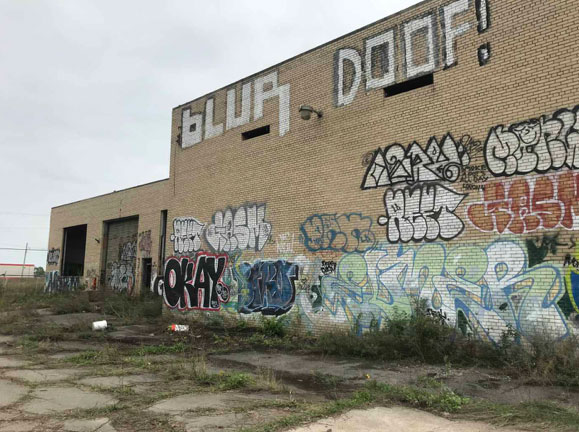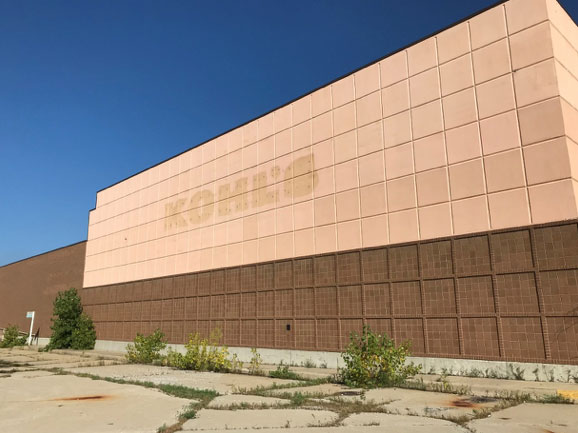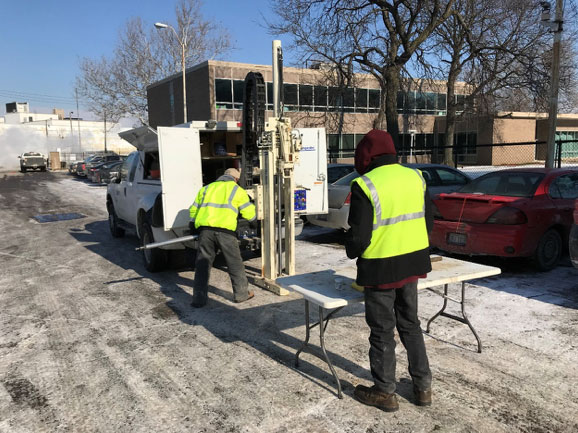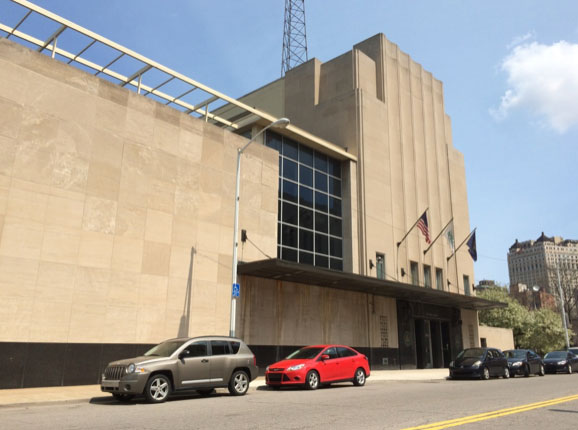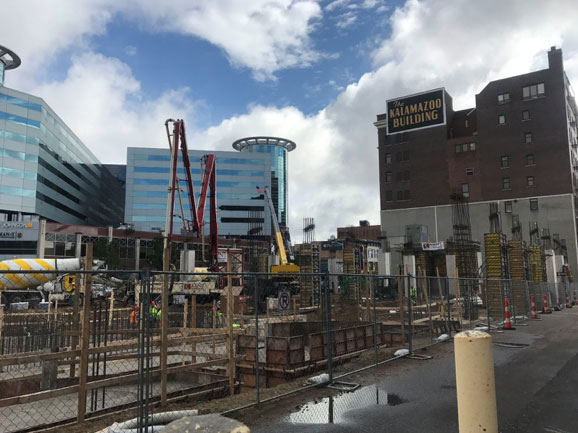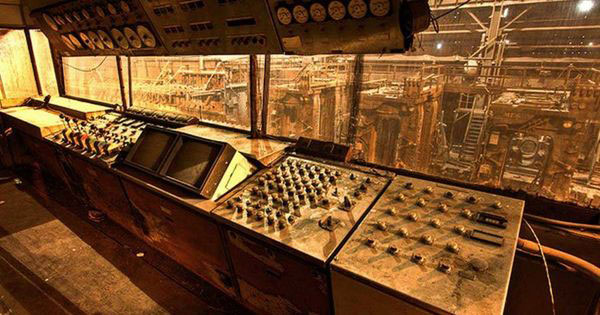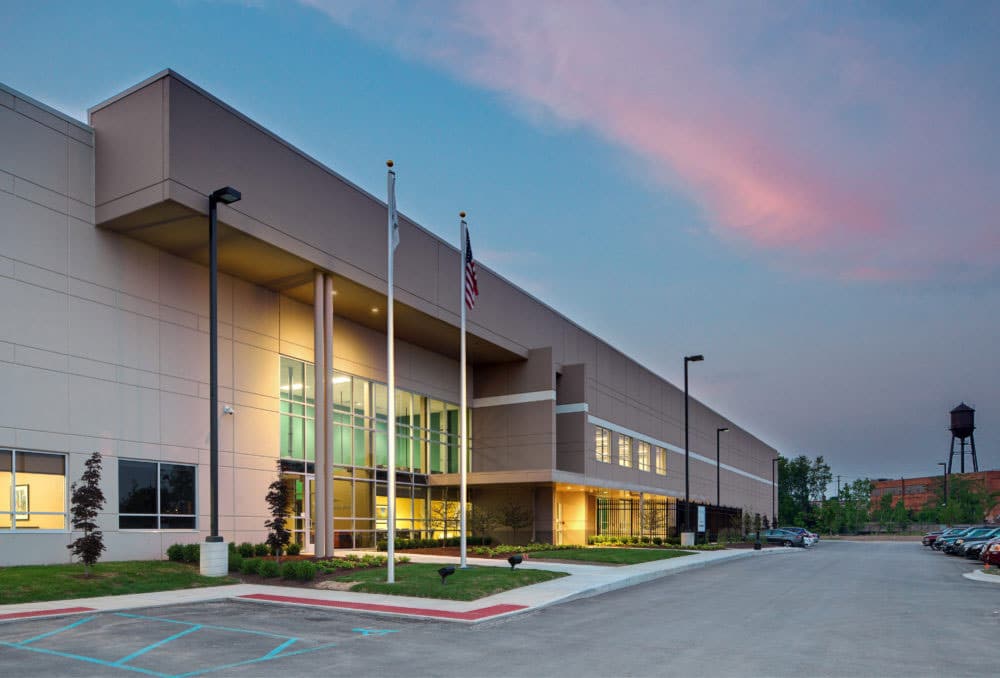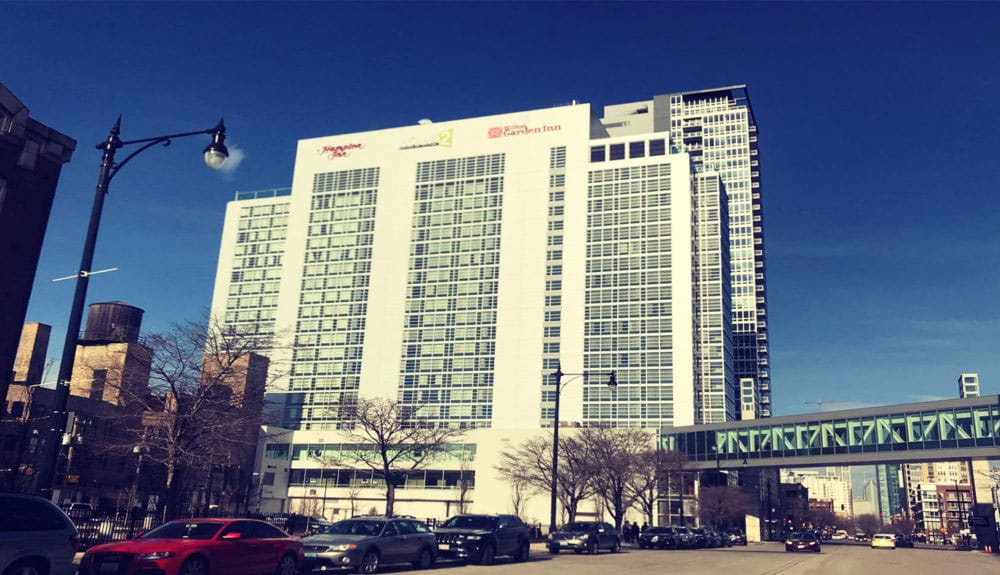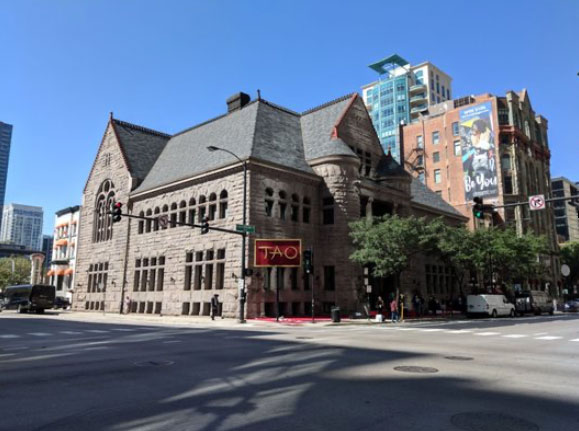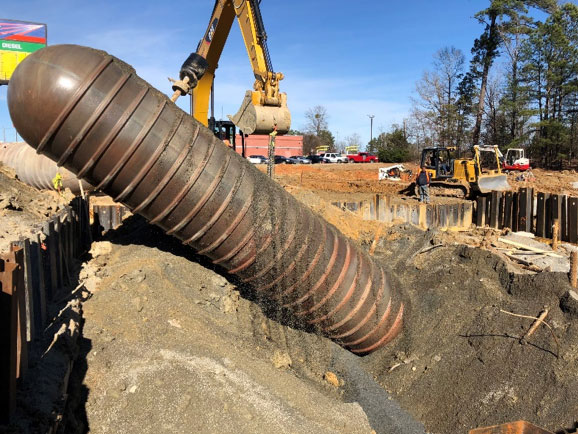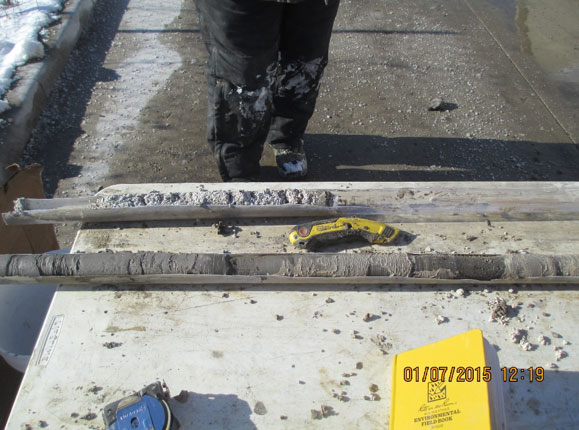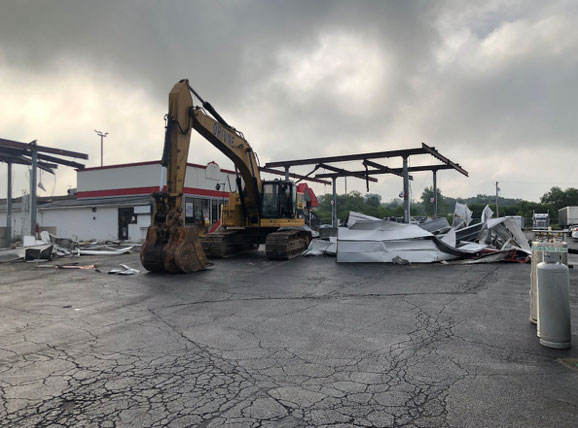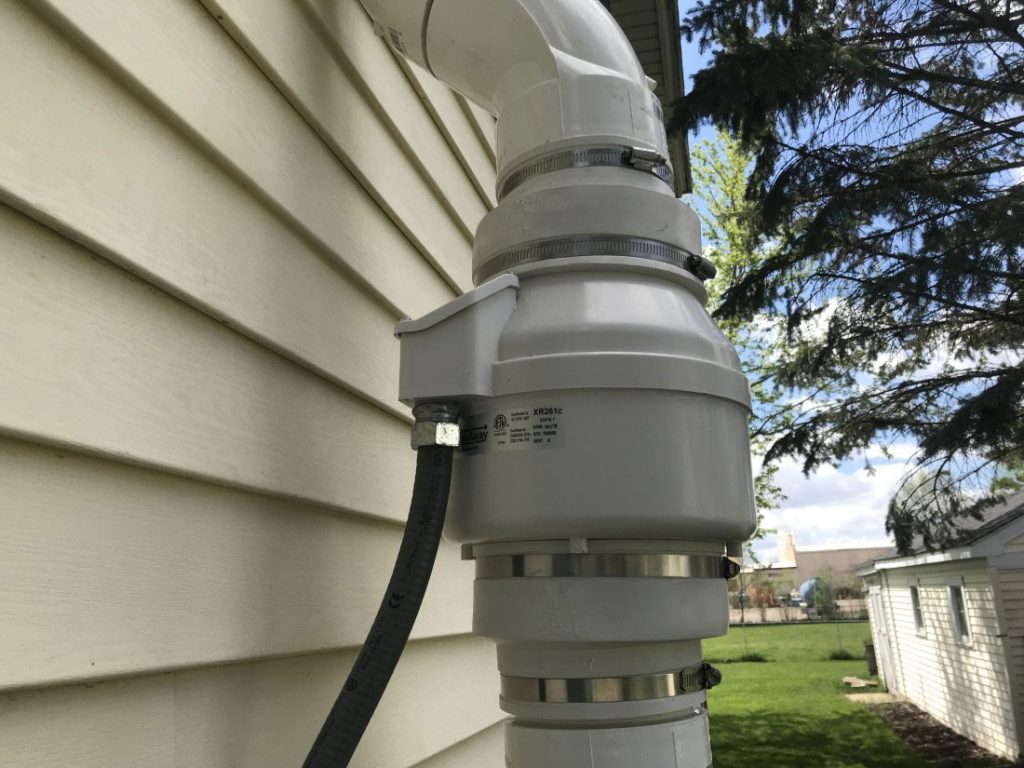The River Rouge Gateway Master Plan is a regional plan to re-claim a greenway along the Rouge River connecting the open green belts along Hines Drive and the Rouge River with Southwest Detroit. Restoring Fordson Island to a natural habitat was a key component to extending the greenway; however, Fordson Island had a legacy of industrialization and neglect.
Fordson Island, located in the Lower Rouge River, was created in 1917 by the dredging of a new channel in the Rouge River between the Ford Motor Company’s Rouge Plant and the Detroit River. World War I was underway and President Woodrow Wilson commissioned the Ford Motor Company to manufacture “submarine-chasers”, known as Eagle Boats. Henry Ford needed a wider, deeper and more direct channel to transport the Eagle Boats to the Detroit River, where they could then proceed to the Atlantic Ocean via the St. Lawrence River system. The Army Corp of Engineers found it more efficient to excavate a new channel versus excavating the existing shallow, winding river. And with that, Fordson Island was born. Located in the City of Dearborn, but now cut-off by the new channel, the only access to the Island was via a small bridge from the City of Detroit.
Over time, the reduced flow in the old Rouge River channel caused sediment to accumulate. The shallow water in the channel restricted access and eventually, boats were abandoned. Residents that once called the Island home began leaving in the 1970s. Although the last residential dwellings on the Island were demolished by the City of Dearborn in 1989, the Fordson Island shoreline unfortunately remained littered with abandoned boats, a decrepit boathouse, pilings, and other debris from former residential structures.
For many years, Marathon Ashland Petroleum maintained a Transfer Terminal on the Island. In 2001, Marathon reached a settlement with the USEPA and Justice Department for past air emission violations. As part of the settlement, Marathon would donate their ownership of the terminal on Fordson Island for conservation. The Detroit Wayne County Port Authority (DWCPA) saw an opportunity to incorporate Fordson Island into the River Rouge Gateway Plan. The DWCPA retained AKT Peerless to help.
In August 2010, the DWCPA was awarded a National Oceanic and Atmospheric Administration (NOAA) Marine Debris Program and Great Lakes Restoration Initiative (GLRI) Grant. AKT Peerless worked with the DWCPA, and partner Friends of the Rouge, to implement grants from USEPA and NOAA to assist with environmental due diligence assessments for the potential transfer of ownership from Marathon and to begin remedial processes toward achieving ecological restoration.
The shore of Fordson Island was a terrible eyesore. The old boats (some of which were equipped with full fuel tanks) and debris served as an ongoing threat to the fish and macroinvertebrate communities around the Island and reduced the availability of good, native habitat. In May 2011, with all proper permits in place, AKT Peerless mobilized its project team to the Island to begin removing abandoned vessels from the oxbow channel. After a few weeks, 21 boats were removed from the channel and near-shore area of the Island. These boats and other surface debris represented approximately 122 tons of material. Further, the response from the community was overwhelming and five volunteer events were scheduled throughout the summer. Gritty and committed volunteers proceeded to remove over 365-cubic yards of debris scattered throughout the Island.
During a pre-removal fish survey in 2010, the Stream Quality Index in the Project Area was considered poor (21 with only 6 taxa identified). The post-removal surveys found encouraging results, encountering twice the number of fish with an increase in diversity to 16 different species, including one Northern Pike, which was a target species. Our post-removal Stream Quality Index shows a slight increase in the health of our project area (26 with 12 taxa identified). All signs of an ecosystem that, with a little help from the community, is beginning to right itself.
Though the property transfer of the Marathon Terminal to the DWCPA did not occur, Marathon has continued to participate in planning for potential ecological restoration of Fordson Island. AKT Peerless continues to work with the City of Dearborn and DWCPA to negotiate the property transfer. Further, the Friends of the Rouge continues to monitor the improvements in this area of the Rouge River as part of other ongoing efforts in the Rouge River Basin.

